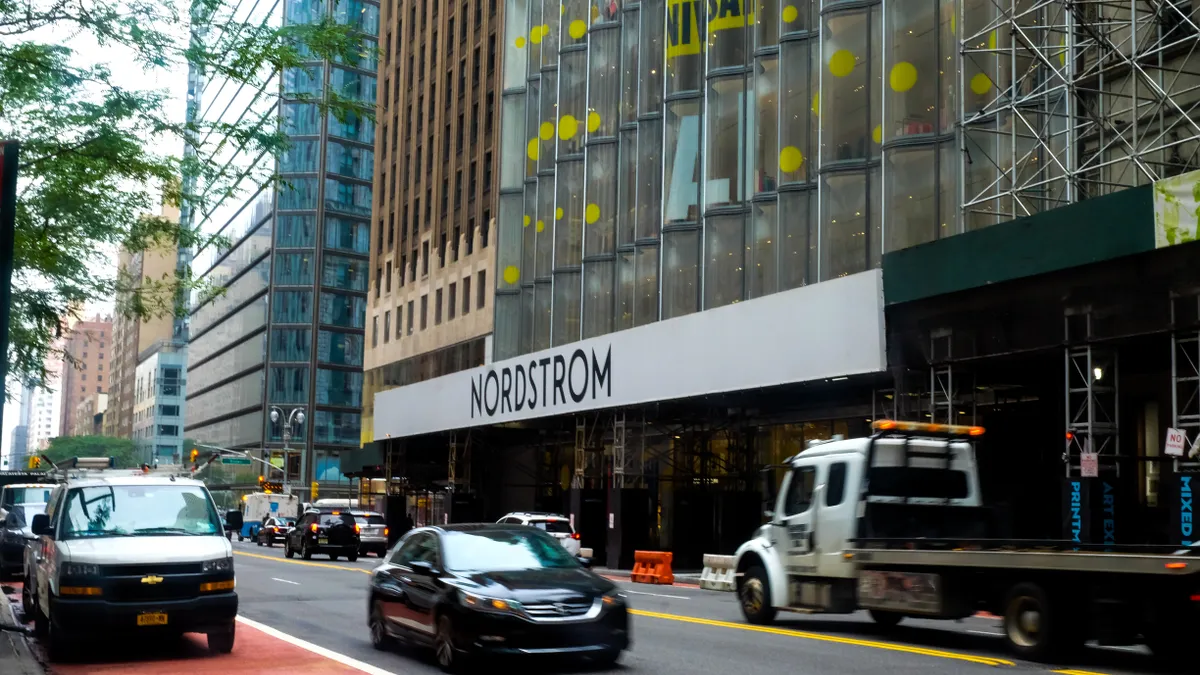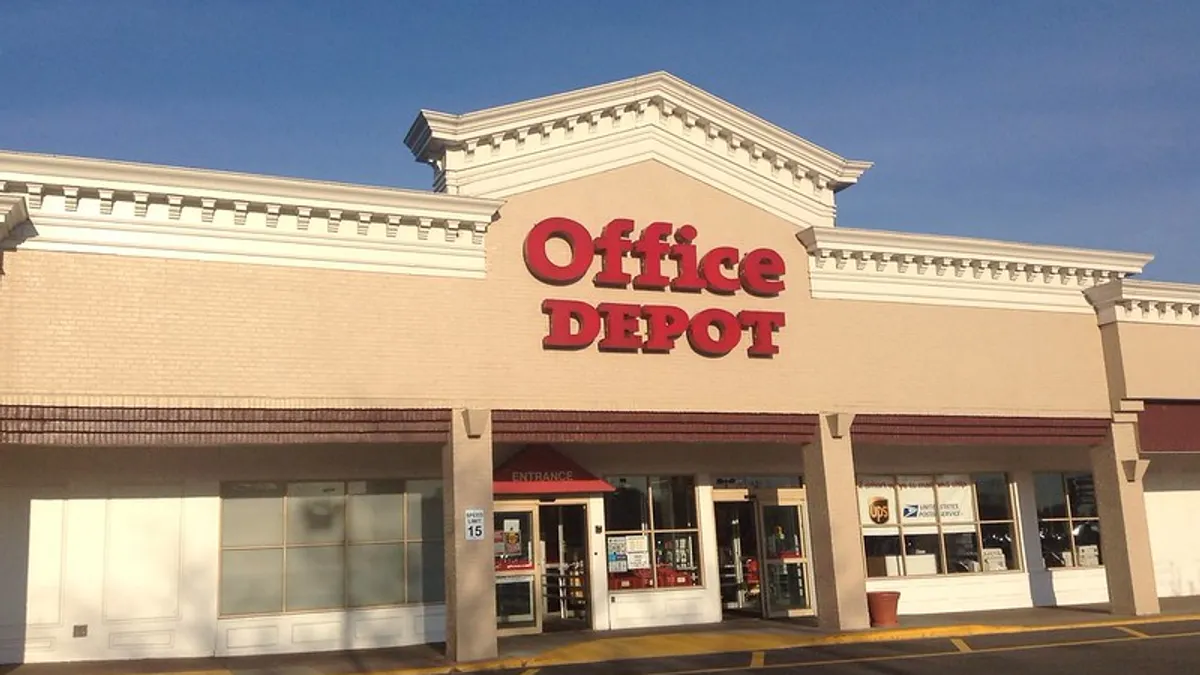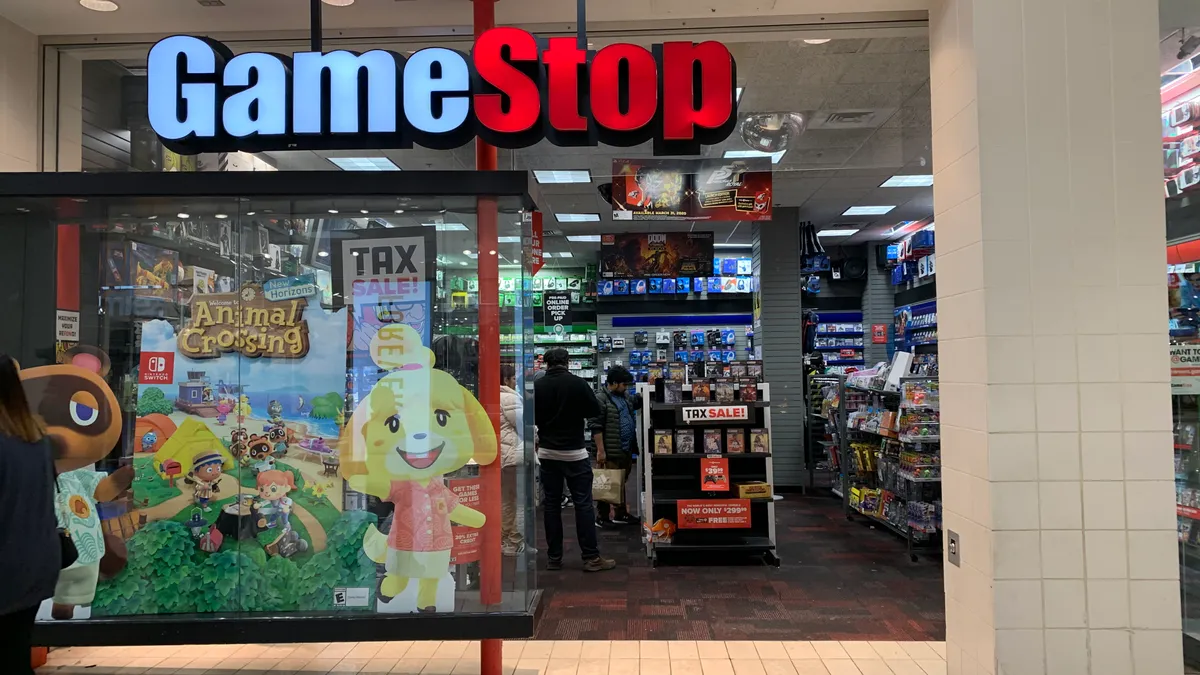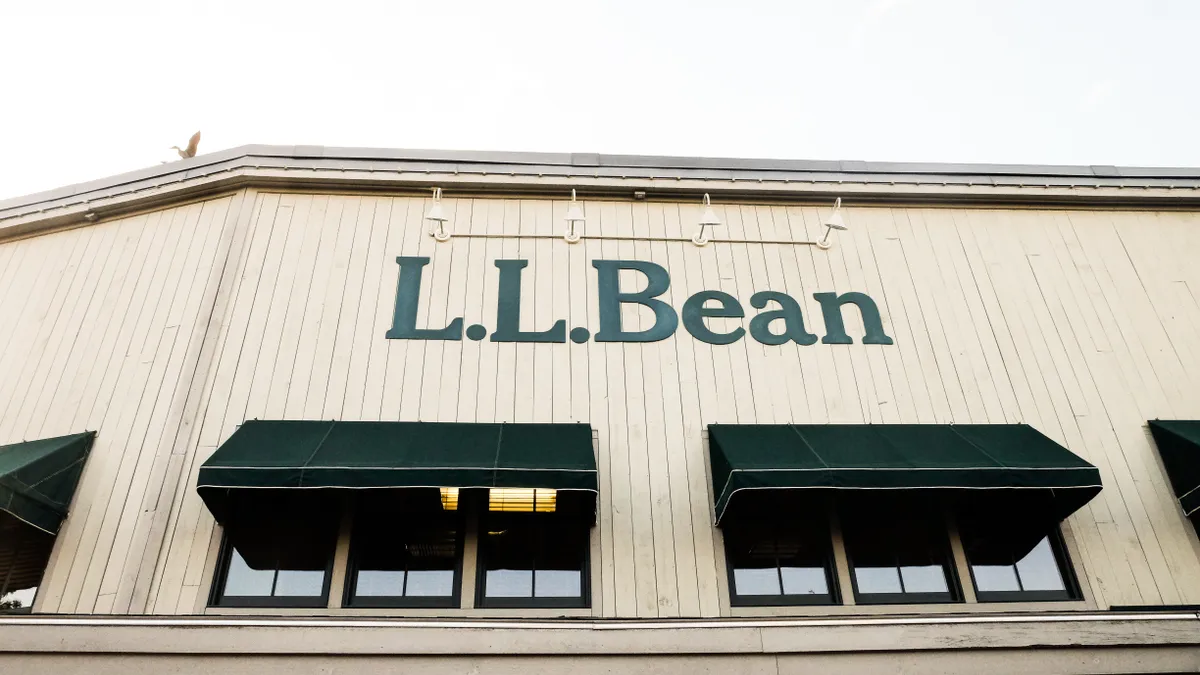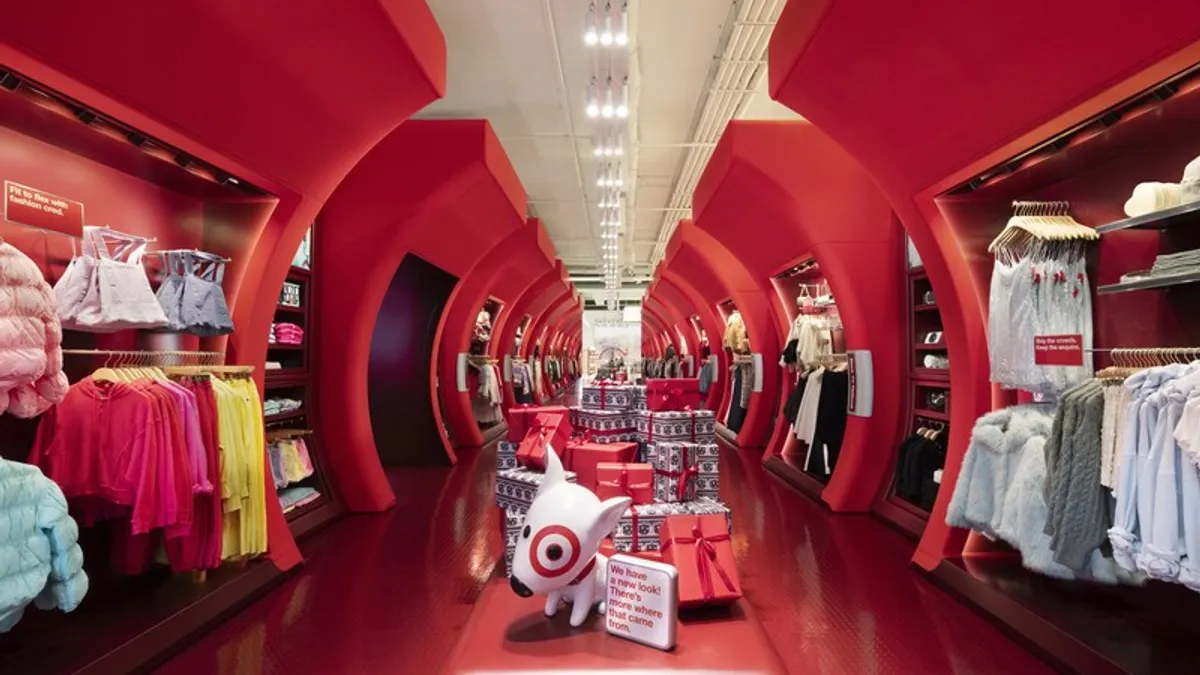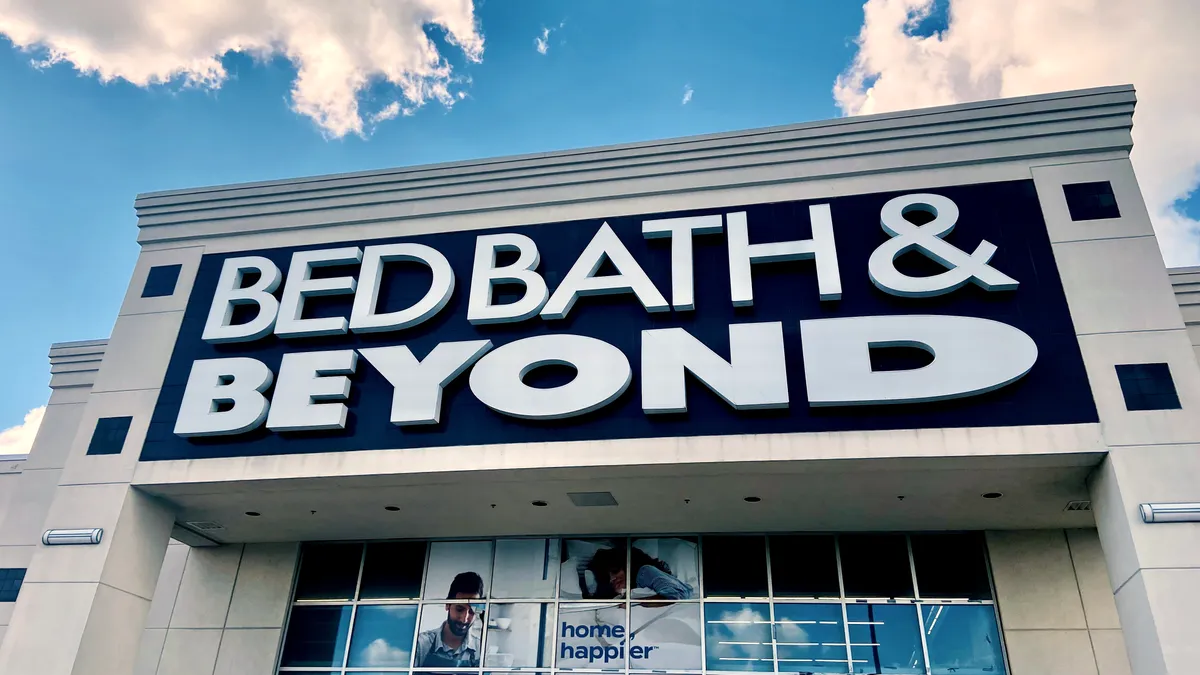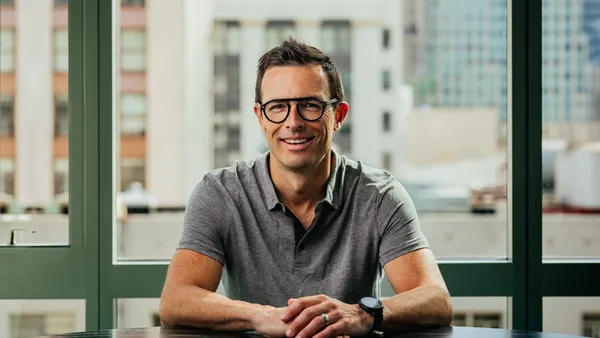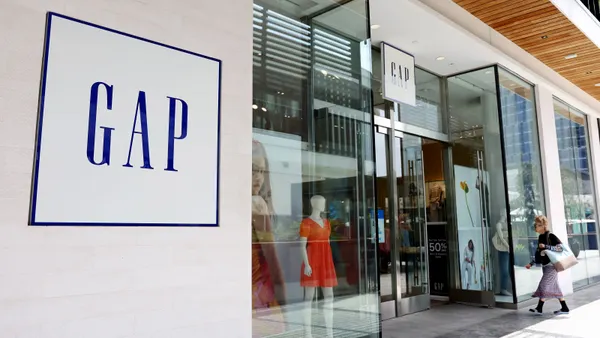NEW YORK — Moving into New York City had been a Nordstrom family goal for years, when, in October 2019, the latest generation of executives running the department store finally reached it.
The new flagship is the centerpiece of a collective of full-line stores, off-price Rack stores, Locals and e-commerce in the Tri-State area, which Nordstrom executives say is a $700 million-plus market. It took decades of dreaming, seven years of planning and building, and more than $500 million of investment capital to make it happen. Then, within just a few months of its grand opening, the flagship was forced to close down for weeks in the effort to contain the COVID-19 pandemic.
Stores are now open across the country, and U.S. retail sales are on the rebound. But in cities like New York, recovery is complicated by stores' dependence on office workers and tourists for a good portion of their traffic — two groups that have not fully returned despite the lifting of lockdowns. The Nordstrom flagship sits close to Columbus Circle, near Central Park and blocks from Times Square, which all traditionally receive throngs of tourists, and it's also a residential area. There's debate about how much, and for how long, the pandemic has upended travel, work and settlement patterns, and that's troublesome for this store.
"The reality is, they picked their destination, they picked their location, then Manhattan underwent a change, so the question they have to entertain is: Is that change going to last or is it going to come back?" BMO Capital Markets Managing Director Simeon Siegel said by phone. "They need to ask the external questions and decide when they think tourism is going to come back, and they need to operate with their reality at present as well. So I think the challenge now, and the challenge that all these retailers need to rise to right now, is figuring out how to cater to the locals, while hoping the tourists come back."
No walk in the park
As Nordstrom executives have noted many times, New York is a lucrative market for them, and that has held true as the pandemic has eased somewhat in the U.S.
In the first half of the year, traffic at Nordstrom stores has steadily rebounded. In five of the last six months (all but April) the recovery at Nordstrom stores in the wider New York area (as defined by the U.S. Census Bureau), outpaced Nordstrom stores nationally, according to data from Placer.ai. But traffic at Nordstrom hasn't reached 2019 levels, not even in New York.
"The challenge that all these retailers need to rise to right now is figuring out how to cater to the locals, while hoping the tourists come back."

Simeon Siegel
Managing Director, BMO Capital Markets
For the 57th Street Manhattan location itself, Placer.ai's data is too noisy to be meaningful, due to the many surrounding residential and commercial buildings, the firm said. Tourism is down starkly, but the neighborhood is coming through for the store, providing a "silver lining" to the pandemic, according to Chris Wanlass, the store's vice president and general manager.
"One of the big positives for us is that it really allowed us to connect with locals," Wanlass said in an interview at the store in July. "I think that's been one of the good things for us to kind of get entrenched with New Yorkers as we didn't have tourists for quite some time. Normally [tourism is] obviously a really important part of our business here and it's necessary, but it allowed us to get into the community in a different way."
But was it a mistake to build a brand new department store at a time when that retail model is in steady decline, and in a city where dozens have disappeared or left town — a handful of them just in recent years (Barneys, Henri Bendel, Saks Fifth Avenue locations) and months (Neiman Marcus, Lord & Taylor)?
Mark Cohen, director of retail studies at Columbia University's Graduate School of Business, believes so. He notes that the east side of the park has hosted retail for eons (including department stores like Saks Fifth Avenue and several luxury brands on the Upper East Side) because that's where the money is, both from tourists and residents.
"I think that the Nordstroms got sold a whole lot of [b.s.] from a whole lot of interested parties, not least the real estate community, about the wonderment of retailing in New York City and Manhattan," he said by phone. "And they completely misread, in my opinion, the demographic of the Upper West Side."
That is, while there's a strip of ultra-wealthy households living along Central Park, the neighborhood isn't otherwise packed with luxury shoppers. "Everybody else on the west side is living an entirely different life," Cohen said. "They're not poverty stricken — they're youngish with families, two wage earners. You have to spend time shopping the west side, the supermarkets and specialty stores that line Amsterdam Avenue and Broadway, to get a sense of who they are, and they're not Nordstrom customers."
But things can change, and Nordstrom may be helped by the demise of potential rivals, particularly Barneys. That closure two years ago has sent stylish young consumers Nordstrom's way, according to Thomai Serdari, professor of luxury marketing and branding at New York University's Stern School of Business.
"Nordstrom is indeed filling the gap that was created when Barneys closed," she said by email, noting that its location is central enough for everyday city folk and accessible enough for tourists. "I have always seen people in the store, including their hair salon. The location is very convenient and it seems to have a strong and positive brand perception with the younger crowds (millennials and Gen Z)."
The pandemic may have cut short Nordstrom's Manhattan debut, but it didn't alter the reality that the store's fate lies with people who live there as well as those who don't, according to BMO's Siegel. City dwellers already know the brand, but need the store to be part of their routine, while tourists, always ready to traverse any place they visit, need to view "Nordstrom" as a compelling attraction, he said.
"Nordstrom needs to convince people to come to that massive flagship destination, COVID or not," he said. "The COVID implication for New York obviously was unforeseen, and a negative, but even beforehand, when you put down that level of expense, the burden of proof lies on you to bring people into the box. That may have gotten more difficult, but that fact hasn't changed."



